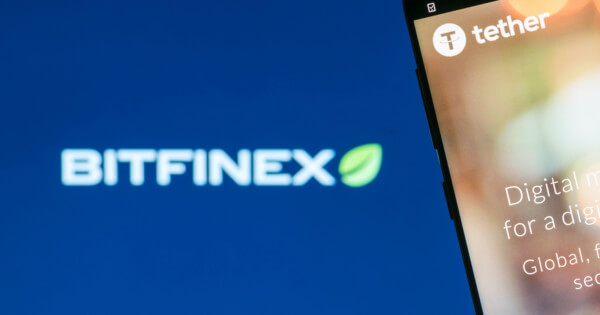Bitcoin’s Recent Correction: Analyzing Market Influences and Future Prospects
By Lawrence Jengar
Publication Date: March 19, 2025

Bitcoin (BTC) is no stranger to volatility, and its latest price correction is a prime example. After reaching an impressive peak of $109,590 on January 20, the top cryptocurrency has seen a decline of 29.7%, with its price settling at $77,041 last week. This downturn marks the second substantial correction during this bullish cycle, as highlighted by insights from Bitfinex Alpha.
Understanding Market Dynamics and Institutional Influence
Historical trends suggest that bull markets often experience corrections of around 30% before resuming their upward trajectory. The current rally, however, has deviated from this norm, displaying shallower corrections due to increased institutional participation and the burgeoning interest in Bitcoin exchange-traded funds (ETFs). Notably, in the past week alone, there was a staggering outflow of $921.4 million from U.S. spot Bitcoin ETFs, indicating that institutional investors are still hesitant to re-enter the market, intensifying selling pressure.
The Plight of Short-term Holders
For short-term holders, the landscape is increasingly challenging. Many individuals who purchased Bitcoin within the last 7 to 30 days are currently facing unrealized losses, which raises the probability of capitulation. Historical data suggests that waning new capital inflows and shifting cost basis trends signal a weakening demand, especially when Bitcoin struggles to hold critical support levels. Without fresh buyers to offset the selling pressure, Bitcoin may find itself either in a prolonged consolidation phase or on a downward trajectory as weaker investors sell off their positions.
A Glimmer of Hope for Long-term Investors
A pertinent question in this turbulent environment is whether long-term investors or institutional capital will step in at these lower price points. If influential investors begin to absorb supply, it could herald a new accumulation phase, potentially stabilizing prices and improving market sentiment. At Extreme Investor Network, we always emphasize the importance of looking beyond immediate fluctuations and focusing on long-term trends.
The Economic Backdrop
The broader economic context plays a consequential role in the crypto market’s trajectory. As the U.S. economy approaches a critical juncture, we observe a cooling labor market alongside decelerating inflation. While stable inflation in February was due to dropping airline fares and gas prices, rising housing costs remain a concern. Supply chain issues and potential tariff pressures may complicate the inflation narrative in the coming months. Despite job creation showing promise in January, hidden unemployment is creeping up, indicating underlying challenges.
Moreover, consumer confidence has taken a hit, reaching a two-year low amid rising inflation expectations and economic uncertainties. The Fed’s response to trade policies and inflation risks will be crucial in determining whether the economy stabilizes or ventures further into instability.
Recent Crypto Market Developments
In more recent developments within the cryptocurrency landscape, significant movements are underway. The Cboe BZX exchange has proposed a new leverage bet on Fidelity’s Ethereum Fund, which could encourage capital inflows into ETH ETFs—especially if staking yields of approximately 3-4% annually are factored in. However, regulatory scrutiny from the SEC remains a formidable obstacle.
Over in Thailand, the Securities Commission approved the trading of USDT and USDC on licensed exchanges, setting a legal precedent that could reverberate through global stablecoin policy. Stateside, Senator Cynthia Lummis recently reintroduced the BITCOIN Act, aiming to create a Strategic Bitcoin Reserve. This initiative is designed to enhance financial security, although it faces opposition from banking institutions and the Federal Reserve.
Lastly, in a striking indication of institutional interest, Strategy™ announced a staggering $21 billion stock issuance aimed at expanding its Bitcoin portfolio, attracting both excitement and regulatory attention. These developments illustrate the increasing integration of cryptocurrency into traditional finance, hinting at long-term implications for the market.
Conclusion
As Bitcoin navigates this latest correction, observers will be keenly watching the movements of institutional investors and the broader economic indicators that could sway market sentiment. At Extreme Investor Network, we strive to provide timely, data-driven insights that empower our readers to make informed decisions in the ever-evolving crypto landscape. Stay tuned as we continue to analyze these developments and their potential ramifications for the future of cryptocurrencies.

